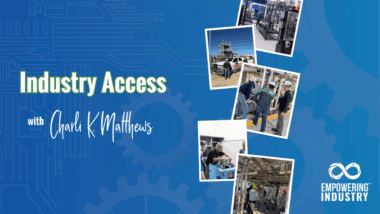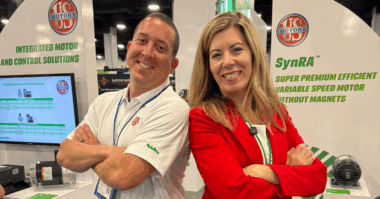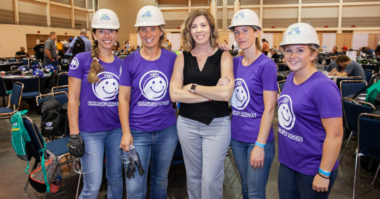Any pump industry professional knows that emissions standards regulations are a significant focal point today, and are becoming increasingly important.
Design standards, financial considerations, including R&D and costs related to testing, and project scheduling requirements are among the many aspects of industry affected by emissions regulations standards as they change over the years.
Designers and suppliers of pumps are often faced with the challenges of meeting and exceeding emissions standards not only for compliance within their own organizations, but also as a means of support to customers and partner companies involved in larger projects.
Emissions regulations: International variances
Global organizations have even more challenges to overcome since the way emissions regulations standards are fulfilled may differ in the USA and other countries where they operate.
Standardization of emissions regulations across international boundaries is on the wish list of many industrial professionals, and the pump industry is no exception.
For any less familiar with the topic of emissions regulations, it is important to note that beyond the variables from nation to nation, different types of equipment, components, and other elements of industrial design also have separate and sometimes unique emissions standards to meet. (Example: The difference in emissions standards regulations in connection with rotating equipment verses static equipment.)
So while it would seem that standardization across the globe would create a higher level of efficiency in achieving targeted control, there is and would still be much to stay on top of in order to ensure former and future products ‘tow the line.’
Pump industry pros must be involved in the regulation development process
One thing that is clear is that merely focusing on the designs and supporting methodologies is not enough. Successfully meeting and exceeding emissions standards regulations requires knowledge sharing.
This is one reason why leading pump industry companies are providing extensive training options and a knowledge base component to their service programs.
Some pump professionals are going a step further and are participating in knowledge sharing with the individuals actually creating new and improved standards for emissions regulation laws. Without the input of experienced pump industry professionals who have seen first-hand the sometimes unpredictive nature of designs in different environments, as well as the results of multiple layers of testing and analysis required, the standards industry would be hard-put to successfully develop effective emissions standards anywhere near the quality level they’ve reached in recent times.
I know from my talks with many of you that this is a hot topic right now, and we intend to share more detailed information on what some in our industry are doing to address the many needs of emissions standards regulation, from design, to training, to helping to shape the regulations standards themselves. Stay tuned for our upcoming article to learn more.



